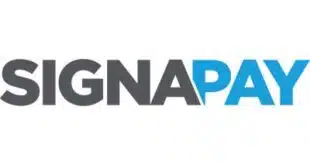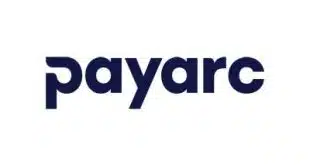By Tom Byrnes, SVP, Marketing
If you are an ISV, you know that adding payments to your solution adds value and gives you a competitive edge in the marketplace. Whether you like it or not, if your user base accepts payments, you are – by default – in the payments business and that comes with a unique set of challenges.
As a software developer you have several choices in how you choose to add payments to your solution. You can allow each merchant to pick a payments partner, but then you must integrate with both your client and the payments provider. On one hand, this is often a simpler solution since it doesn’t require you to act as a payment expert. On the other, you now have the expense and effort of an extra integration without any revenue in return.
Or you can opt to integrate payments into your solution. This choice requires an ISV to assess if they are big enough to go with a processor-direct integration or if a better fit would be to connect to a platform through an ISO that uses a gateway connection. As a rule, most ISVs have chosen to go with an ISO because they can provide an extra layer of payments expertise and support for ISVs and their merchants.
Even though this is a common way to add payments, it doesn’t mean that it’s not without a range of day-to-day operational issues:
Merchant Onboarding: This is still done mostly manually with little or no standardized requirements, process, and workflows. Often, it requires additional headcount to keep the process moving.
Underwriting Complexities: If your merchant portfolio covers a range of verticals, most ISOs have multiple banks on the back end so they can “waterfall” merchants across platforms that have different appetites for risk. This equates to managing multiples processes, forms, and contracts and can cause delays.
Lack of Pricing Control: While a flat rate may seem more straightforward, the ISO may set a standard “rack rate” on the pricing you can offer a merchant. This doesn’t give you control of your margin or having the flexibility to lower a price in a competitive situation where a basis point or two can make all the difference in winning the account or boosting your margin.
Delayed Residuals: Most of the time it takes weeks to receive your residual payments and that can make it hard to have consistent cash flow or a clear lens into the performance of your business.
Limited Visibility to Real-Time Transactions: Since you are the first line of support, not having visibility to the transaction flow in real time can erode your ability to provide first-class support channel. Case in point: If a merchant calls in and asks about a specific transaction, you now must reach out to the ISO or – even worse – the platform itself. All this takes time while the problem remains unresolved.
Chargeback Management: Not only does this function often require additional headcount, but notification delays of chargebacks can also lead to additional fines and fees.
But what if you could have a processor who developed a platform designed around the needs of an ISV? PayiQ is the first processor in the market with a cloud-enabled platform that changes the game. With PayiQ, you can seamlessly add payments to your solution set through an easy-to-use API that allows you to automate the onboarding, underwriting, and chargeback functions. It also gives you access to a configurable portal and the ability to set your own pricing. By cutting out the middleman and connecting to the innovation of the cloud, PayiQ can deliver your solution more value, lower churn and a new revenue stream.







